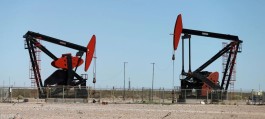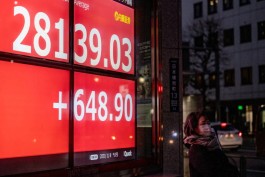Support and Resistance
Support and resistance levels are ones of the most basic but essential components of technical analysis. Support and resistance are price areas where an abundance of trading has taken place and where considerable buying or selling pressure exists. Underlying support (buying pressure) keeps a market in an uptrend, and overhead resistance (selling pressure) keeps a market trending lower. Once a trader can accurately determine where these levels are, they can be used very effectively to manage risk, and identify profit opportunities. By entering trades at price levels at which a significant move is likely, the probability or reward over risk is improved. There are support and resistance levels that are applicable to every traders time frame. Observing how the market reacts when encountering these levels is a very good barometer to measure the strength of the underlying trend. They are also key points for breakout moves. Large quantities of stop loss orders will usually accumulate at key support and resistance areas and will often contribute to a dramatic surge in the market in the direction of the breakout once these areas have been penetrated.
Support Levels
A support level is a price area at which there should be an increase in the demand for that product. A support area is not difficult to find in a chart. When the market is in an uptrend, any previously established congestion area is the uptrend is usually an area of support. To draw a support line you need to find at least 2 points on the chart that adhere to this criteria. This then forms a line that can be extended across the chart.
When a support area is penetrated on the downside, it then may become the nearest resistance area to a subsequent advance.

Resistance Levels
A resistance level is a price area characterised by increased selling pressure or increased supply of a particular investment product which tends to level off advances. If the market is in an uptrend, any point at which new highs are reached or any congestion on the upside will act as resistance. To draw a resistance line you need to find at least 2 points on the chart which adhere to this criterion. This then forms a line which can be extended across the chart.
When a resistance area is penetrated on the upside, it may become then the nearest support area to any subsequent decline.







































